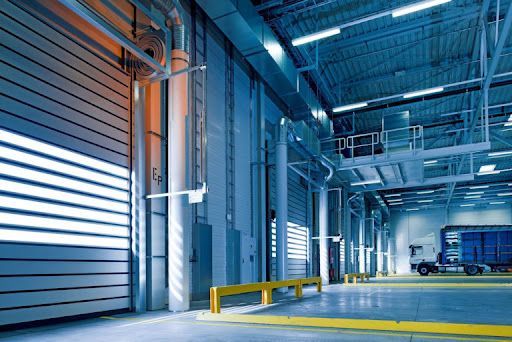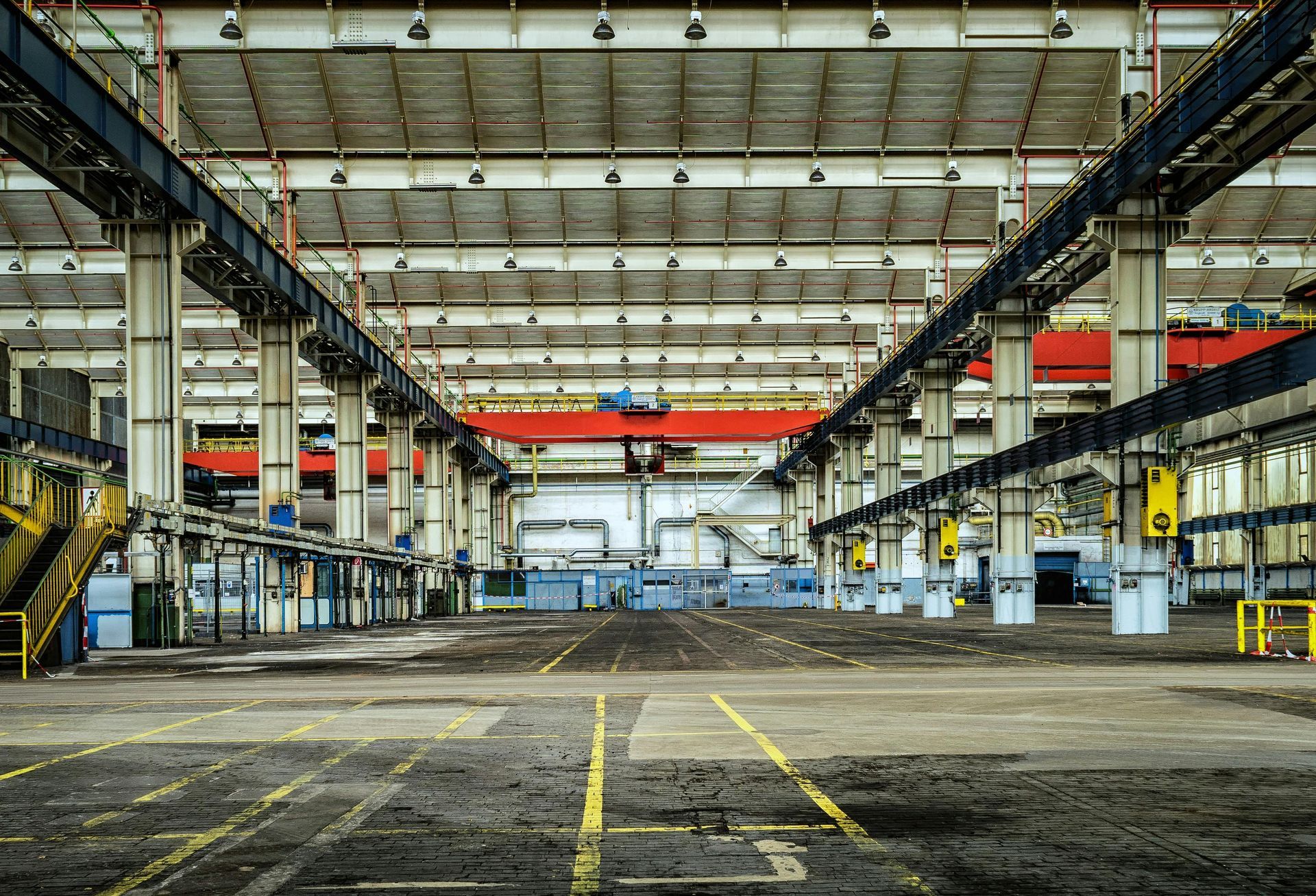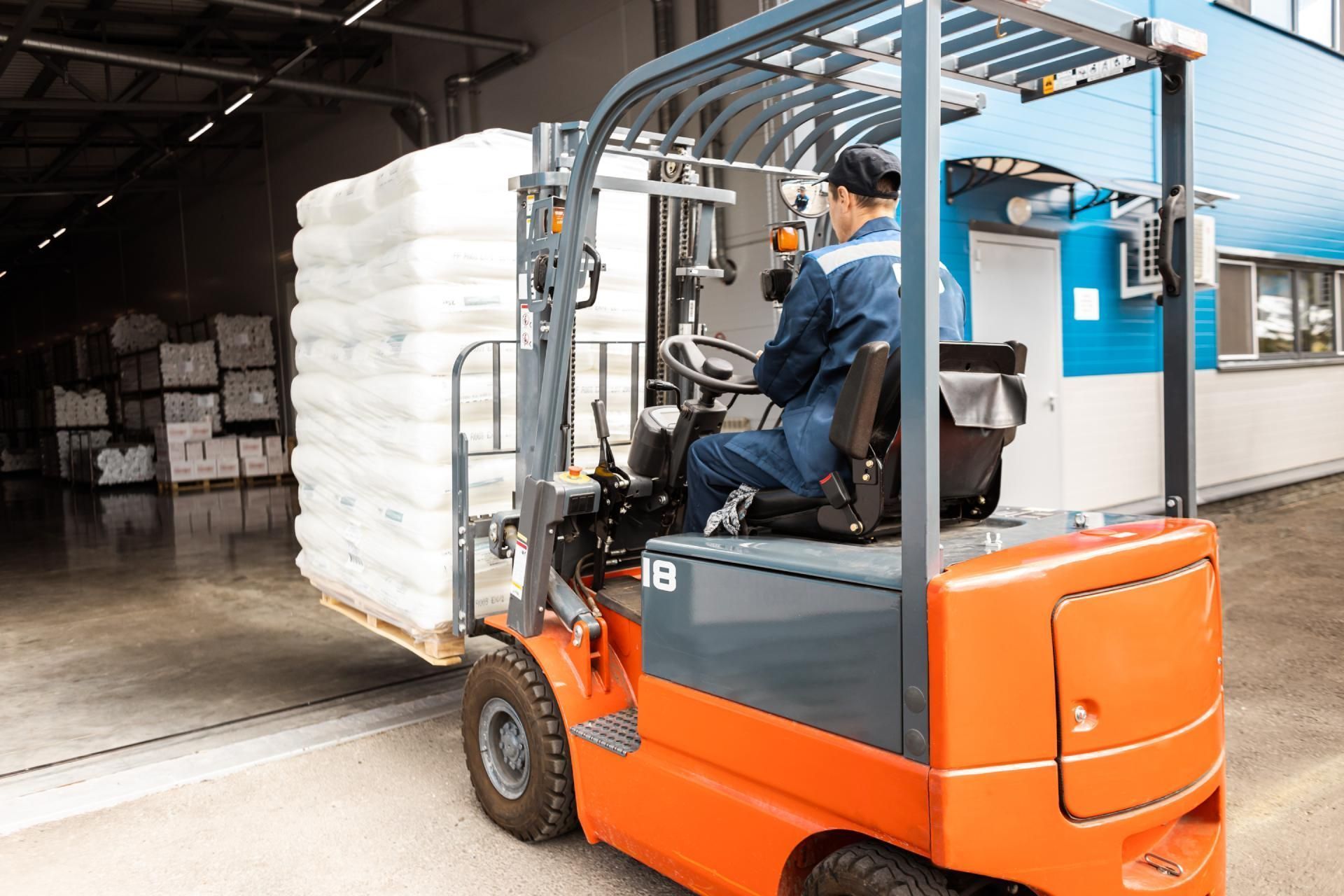When to Replace Warehouse Docks and Doors
Some folks say that your clothes, car, and house say a lot about you – if you’re a warehouse owner or staff member, then you know that your loading dock says a lot about you. Your warehouse docks and doors are often the first impression someone coming to your warehouse gets. For this reason, your docks should be well-maintained, convenient, and fully functional. Another way to improve the overall warehouse experience is to be sure that anyone traveling to the warehouse using the loading docks knows which side of the building(s) the dock is on and the best entrance from the street. For your warehouse to be at its best, the docks and doors should be inspected frequently and replaced.
Importance
A warehouse’s docks and doors are crucial to the overall experience anyone working with or in your warehouse will have. First, your doors are your first line of defense against the elements. Whether your warehouse needs to be climate controlled to a specific temperature or if your warehouse is in a spot with severe weather, having doors that will keep the warehouse protected is vital. Energy costs with a warehouse can be high, with electricity running for all the equipment and lighting. Still, these costs can get even higher, with loading dock doors frequently opening and closing throughout the day.
The warehouse docks and doors should also be equipped with appropriate security measures. Whether these measures come from locking mechanisms, security cameras, or another type of security system, this will be vital to keeping the warehouse safe. When deliveries are running smoothly and all assets, equipment, and people are protected, the warehouse is on its way to reaching its full potential.

Signs to Check For
Understanding the importance of warehouse docks and doors is the first step. The second step is identifying when it is time to replace your docks or doors by checking key indicators. A solid, general rule for warehouse owners is to keep a record of every time maintenance is performed on any part of the warehouse and keep these records accessible. If it’s been a long time since you examined warehouse parts for maintenance issues, you should take the time to inspect them. Other indicators beyond time passing are:
- Are my doors high-speed?
- Properly fitted, high-speed doors will ensure that energy costs are saved by doors not being open for unnecessarily long periods.
- Are my doors energy-saving?
- Similar to being high-speed, doors can save energy by being well-insulated and have high cycle rates of at least 100 cycles per day.
- Is my dock able to accommodate different sizes of vehicles?
- Making changes to your docks can be a more significant task than replacing/repairing doors, but if many vehicles have difficulty maneuvering in and out of the dock area, it may be time to reevaluate.
- Aesthetics
- Aesthetics are a lesser concern so long as the dock is productive and well-managed, but even repainting where paint may be fading/chipped is also an essential maintenance task.
- Have I been having regular maintenance issues or accidents?
- Everything happening at the warehouse should be recorded. If you are seeing common issues or even accidents with doors or docks, you’ll want to dive deeper into what has been causing these mishaps.
- OSHA
- Keeping OSHA rules and regulations is critical to the entire warehouse (and staff), docks and doors included.

Repair vs. Replace
After looking through these indicators, you must decide whether to repair or replace the equipment. Look at the equipment’s manufacturing and installation, usage, and the company’s cash flow. Replacing is ideal and typically gives the warehouse the best shot at extending its life, minimizing energy costs, and maximizing productivity. However, repairing the items is the next best action if a replacement is not in the budget based on cash flow, supply chain considerations, or other factors. Having an expert outside the warehouse consult about the repairs can be extremely helpful.
Products
If you decide to replace your doors, our team at Benco Industrial suggests two brands. Thermomark Sectional Doors are insulated, energy-efficient, and notably quiet for a door system of its size. These qualities, matched with several options for colors to meet your warehouse’s aesthetic, will set this brand apart. We also recommend Wayne-Dalton Rolling Doors for their long-time excellence in the field. This brand offers options for doors of many sizes and closing mechanisms to fit your specific needs.
At Benco Industrial Equipment, we want your warehouse to succeed in all areas, from doors and docks to beyond. Although installing new doors or repairing your docks may seem daunting, our experts are here to help. If you are looking for other ways to improve your company’s warehouse, we can discuss our vast selection of MacroAir fans, forklifts, and many other products and services. Connect with us today !
The post When to Replace Warehouse Docks and Doors appeared first on Benco Industrial Equipment.




